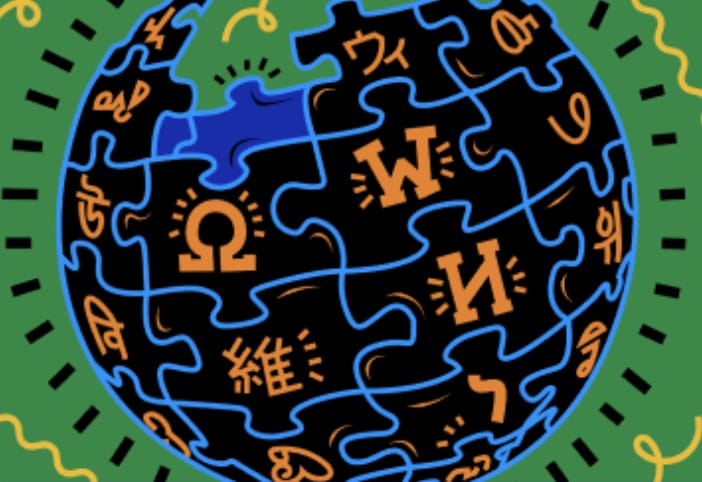This is a post by Jeph Paul, recipient of a Wikimedia Foundation Individual Engagement Grant (IEG)
The way an article grows has always fascinated me.
No article is ever complete. Wikipedians constantly tinker with articles. Sometimes mistakes are made, the articles are visited by friendly vandals, or at other times the information changes. The point is, one way or another, articles evolve.
Take for instance the Heavy Metal Umlaut page. Started on April 15, 2003, the page was a single sentence, linking to the articles for Motörhead and Blue Öyster Cult. One year later, it had gone through thousands of edits, some pesky vandalism, various themes and eventually became an exhaustive treatise on the subject.
By 2005, the editing history of the Heavy Metal Umlaut page was made into a short video by blogger Jon Udell (“Heavy metal umlaut: the movie”), which went viral at the time, and now enjoys cult status among Wikipedians.
If you check the revision history of the Heavy Metal Umlaut page today (now just titled “Metal umlaut”), chances are high it is still being edited. (The last edit was August 26 as of this post.)
Because there are many benefits of watching a page like “Metal umlaut” change and develop, I’m developing a tool visualising the changes made to an article, as part of my IEG grant.
Visualisation could be used to fight vandals, to track changes over long periods of time or simply to see how the article evolved and ended up being the way it is today.
This can already be done by comparing the revisions under the history tab, one by one. But what you see there are the changes in Wikitext.
With the new visualisation tool, Wikipedians can instead look at the changes in the rendered text, i.e. the format that readers would visually see. It animates the changes by making the content that was added appear, and content that was deleted disappear, and disappear and reappear again and again in the case of articles like the Heavy Metal Umlaut. When Udell made his video back in 2005, he wrote that it “was technically challenging, but I think it suggests interesting possibilities”. With the new tool, exploring these possibilities is becoming much less challenging for everyone.
The tool is currently a work in progress and has a live demo. Give it a try.
Would you use it regularly? Why or why not? Are there ways of improving it? You can write your feedback or feature requests here.
One upcoming feature still in the works is a slider to allow you to scroll through revisions. I’m also looking for a UX designer to help with this and other design challenges – drop me a line at jephpaul![]() gmail.com if you’d like to get involved!
gmail.com if you’d like to get involved!
With your help, every page can be a Heavy Metal Umlaut.
—Jeph Paul
(With contributions by Joshua Errett, Wikimedia Foundation Communications volunteer)

Can you help us translate this article?
In order for this article to reach as many people as possible we would like your help. Can you translate this article to get the message out?
Start translation